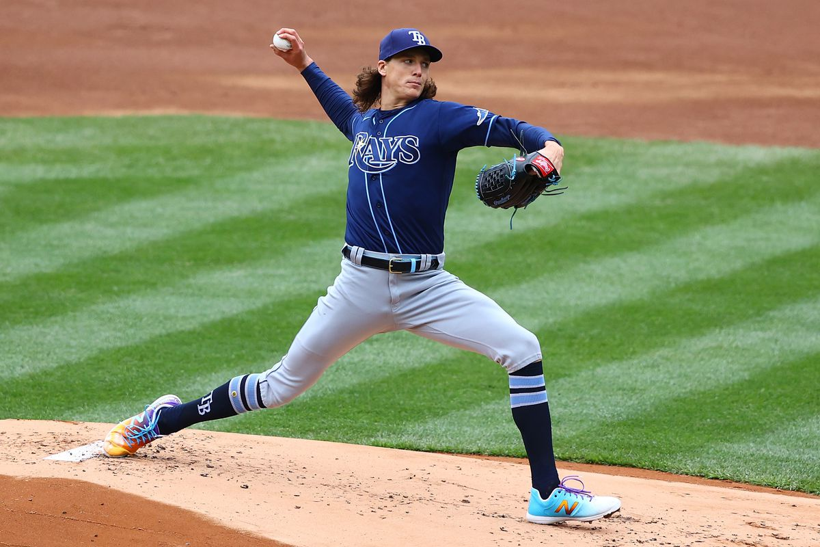
Imagine this, a pitcher’s body that throws a baseball at 80-90+ mph achieves that speed from hand break to finish in 1.5-2 seconds. That’s comparable to some of the fastest Italian sports cars out there. Given the nature of this explosive movement, arm care for pitchers has to be at the top of list for every athlete. However, I think a lot of folks don’t totally understand how to go about it. In this article, we are going to give it a try by discussing the shoulder and how we attempt to bullet proof it through our training programs. Continue reading “Arm Care for Pitchers: Bullet Proofing the Shoulder”









